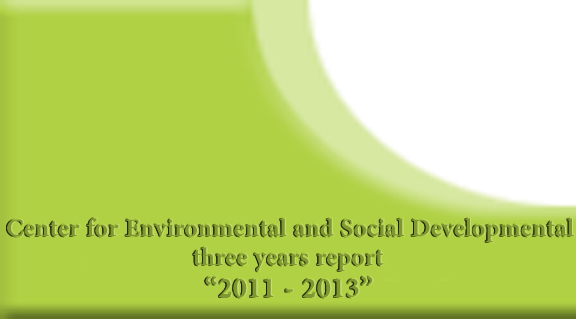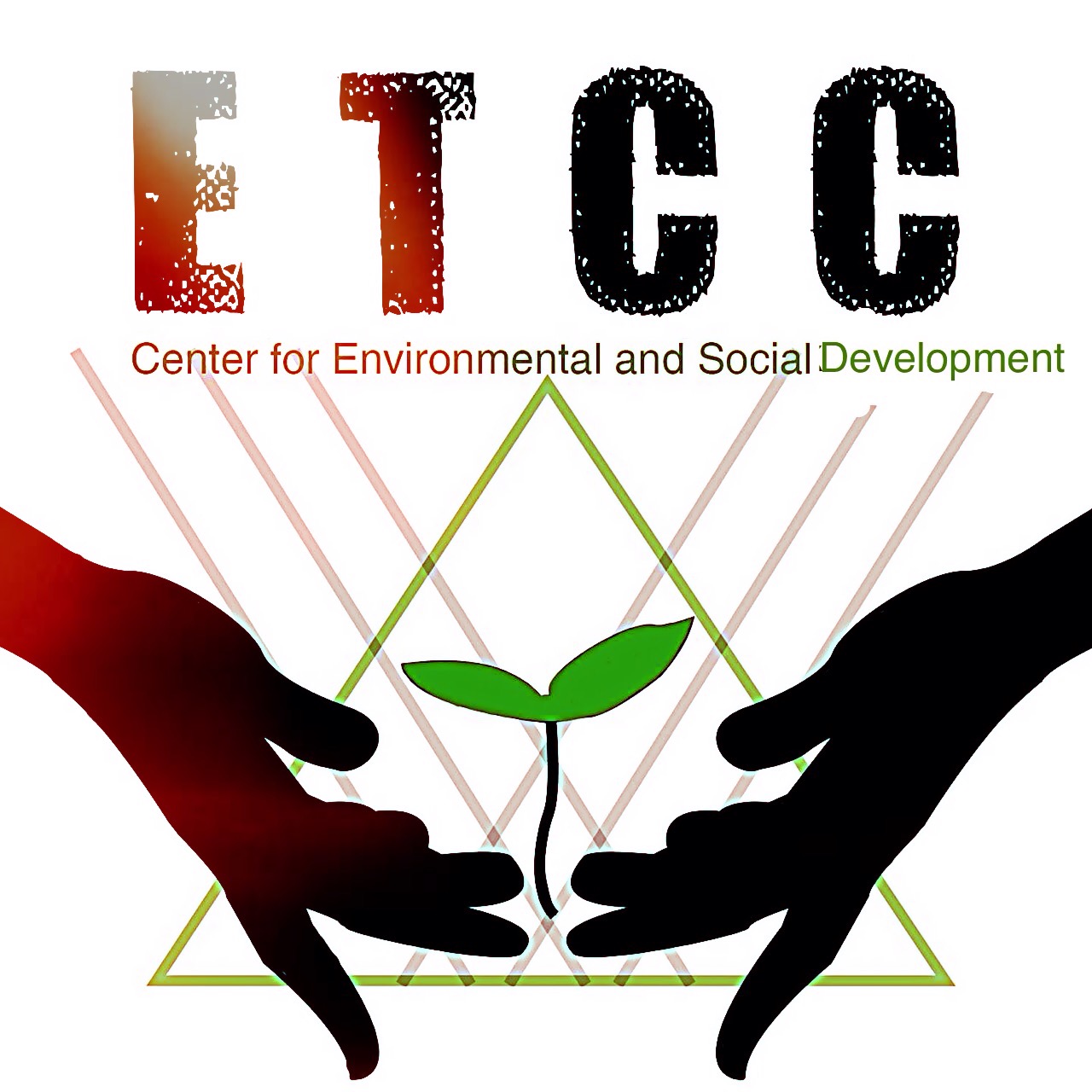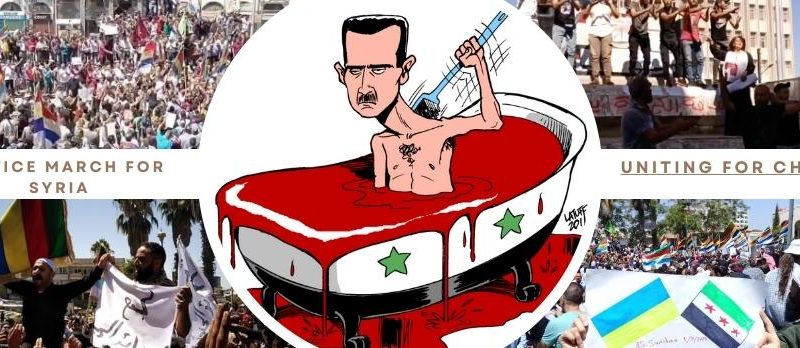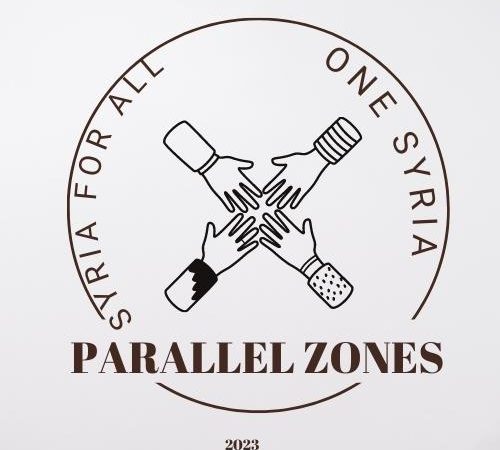Our Work from 2011-2013

Within compelling circumstances in Syria, we were unable to deploy our activity during a period of 6 years,

but the complete reports and documentary studies produced by the center since 2008 and up to 2011, reached 54 reports, 73 survey searches, and 22 statistical studies. The focus of our work focused on the areas of northern and north-eastern Syria through the following:
1. Population distributions: Arab, Kurdish tribes and their population distributions
2. Overall media atmosphere for human rights groups
3. Establishing civilian populations within the tribal and factious hegemony of Kurds in the absence of Syrian security services
4. Unfolding the role of security in the composition of the mind of the Syrian population
5. Citizen overviews for local underground and agricultural resources
6. Monitoring methods of achieving sustainable development in the countryside
7. The impact of poverty on the distribution of population movement in ‘slum’ areas
8. Studying distribution among minority groups and the various reasons for immigration
9. Discovering the depth of administrative exploitation in ethnic and nationalistic disputes
10. The impact of religious symbols, slogans, popular sayings, and proverbs on public opinion
11. Reviewing education and the dangers of ignorance in the growth of religious and nationalism fanaticism
The focus on these areas produced a set of depth studies and formed realistic perceptions of the future. The studies have been utilized during the past three years, and showed the depth changes of the Syrian society represented by:
1. The peaceful Syrian revolution, which lasted nearly 9 months
2. Involving parties in the attempt to convert the revolution targets, a period of five months
3. Transformation of the conflict to the state of militarization, leading to the classification of the Syrian reality by the Red Cross as an “armed conflict”
1. Our Efforts During The Revolution:
1. Social Networks:
The establishment of media networks rely on “popular media” style. Through four days of reporting important coverage in Latakia, which was dependent on professionalism, we were able to identify the existence of three parties leading the event:
1. Peaceful popular opposition parties with individual exceptions. Violations were documented ranging from the use of sharp weapons to destruction of property to killing and injuring police forces
2. Repressive power party. This group has documented all violations of the extended use of tear gas, leading to instances of killings and mass murder in a decision coming from Damascus after the president’s speech in the first so-called Olabi and the train station massacres, in addition to the arrests
3. The third party was unidentified at the time, but turned out to be party workers pushing peaceful demonstrations towards militarization and arms. Its leaders coordinated and pushed for their activity in the streets, covered by security as a car was captured by residents and taken to the police department. They were then released there, which demonstrates their security nature
Our experience in Latakia was circulated in 6 provinces for 9 months. We have sought to support networks both loyal and opposed to the regime, with the goal of transferring news into inclusive social spheres. Unfortunately, at the end of 2011, numerous networks were breached by parties of the conflict who support militarism, or who were dominated by Islamic parties’ militarization as a kind of hatred of the regime’s actions, and a host of other regime loyalists backed by security. Various pages that support or lean towards the opposition were hacked. Operation rooms have been raided and its workers arrested, and some were directed to halt reports and leave the media
2. Amend the laws:
We contributed to the formulation to end the Syrian crisis with the lowest amount of damages. Our consultants have already met with a number of advisors of authority, and have posed potential options to avoid the country’s future devastation and destruction, and to shift Syrian society towards a democratic pluralistic society
3. Repression:
1. 23 people were arrested from our team, and we mediated to release them
2. Travel ban restrictions were imposed on 18 people of our members, until 2011 when they were lifted
3. Legal Adviser Muhannad al-Hassni (مهند الحسني) and journalist/writer Fayez Sara (فايز سارة) were released after being arrested twice
4. Five of our members were severely beaten in the streets in order to dissuade them from their goal. The beatings were systematic under the guidance of the security forces, and were dependent upon on informants working for them in popular neighborhoods and villages
5. Vehicles that belonged to our members were stolen, and three cars were smashed during the actions of the riot. Two of which were caused by security forces, and one the result of protesters rioting
6. Eleven homes belonging to our activists had been broken into stolen, and three stores were looted
7. Three members were deterred from entering their villages and harvesting their land for fear of security figures attacking them
4. Pressure Campaigns & Assistance:
1. The Center contributed to the establishment of several advocacy campaigns to release political prisoners, roughly 270 detainees
2. We collected about 500,000 SP that went towards emergency aid to poor patients in hospitals
3. Our distribution of donated clothes reached several poor families in three provinces
4. Food was distributed to displaced families in immediate aid
5. Media Coverage:
The Center provided media coverage through our journalists and activists, following through with our intentions to convey the realistic realities ongoing in Syria. Of course, some media institutions altered reports and studies that had been sent to the goal of service donors orientation. Ironically, the same report shows the same report in two different forms by media organizations, ‘the opposition and the pro’
While our reports were up to international bodies in detail, they were perhaps the most important references regarding the Syrian crisis for many international organizations. We can say that news which was documented with pictures, videos and testimonies was mostly fulfilled correctly, with the exception of errors on six reports, which were investigated and letters of apology were later sent to the involved parties
2. Involving Parties to Convert the Revolution Targets:
1. Monitoring of social mobility in all its documented details
2. Continued pressure campaigns for the release of political prisoners, 74 campaigns were carried out
3. Monitoring of homes that were destroyed and broken into in the city of Homs
4. Disclosure of the names of various operations involved in looting in Homs and its countryside
5. Reports of theft factors of Aleppo
6. The establishment of safety nets in four provinces: these networks adopted on the elders of the tribes and legal persons for the purpose of intervention for the release of some of the abductees. This network led to the release of 11 people, and this was a new beginning for our work that helped us greatly in our next phase
7. Mediating through peaceful means, such as bringing rival tribes together in an attempt to resolve tribal, ethnic, and sectarian disputes
8. Media pressure to accurately clarify the situation and to truthfully express the feelings of minorities
9. Contributing to training seminars for human rights groups, in order to detect and differentiate between accurate and false media coverage in the mainstream media
3. During The Armed Conflict:
– Our investigative coverage continued, despite independent media sources being dissolved. ETCC aimed directly for the civil partner institutions
– The Center sought to regulate the differences between the various jihadist organizations in accordance with the different tendencies
Safety Nets:
ETCC organized activities systematically through safety nets, and excluded the safety net of Homs, due to the inability to release more than 3 people during a full year. Other networks were able to release around 450 political prisoners. While safety nets have failed in the liberation of 47 people, they are still used in the efforts to release members.
Violations Documentation:
We sought to document the abuses that could have been classified and documented in accordance with the charter of Geneva to deal with prisoners, the wounded and civilians
1. The regime has committed nearly 442 abuses of human rights and has been documented with names
2. Opposition forces committed 647 abuses and have been documented with names
3. Shabiha (regime informants) and the National Defense Forces committed 334 abuses, each documented with the names of the perpetrators by full name
4. National Defense Forces have committed 211 abuses. We were able to document 183 of them with full names, and the remainer will soon be available
Documented crimes ranging between robberies, kidnapping, property assault, illegal investment, torture, fighting within civilian neighborhoods, taunting, threatening will be prepared for the purpose of transitional justice through the courts
Humanitarian Aid:
– We have contributed in direct financial assistance for several families according to the financial abilities of activists
– The Center tries to converge views between several parties competing for the goal of finding solutions to protect civilians
– In-kind assistance, such as medicine and hooded sweatshirts were sent to the displaced without any direct intervention process
– Our activists hosted a large number of displaced in their homes, until securing suitable housing conditions for them
Organizational Actions:
– ETCC has contributed to the drafting of nearly 40 proposal projects for Arab and Syrian civil institutions, and for Syrian activists and non-professionals alike
Report Outreach:
40 investigative reports, 26 research based analytic projects, illustrative articles and news reports, 80 print and electronic articles. A portion of these have been used without permission from ETCC from professional news sources
Notes:
1. Until the end of 2013, we did not have any funding. Most activity and resources from our members and journalists were on their private time
2. ETCC did not accept the alignment under any political mantle
3. The views of our advisers are individual opinions, but they typically will affect the drafting of reports and research
4. Our concern does not lie in popularizing ourselves in the media, rather, we prefer to work in academic form
5. Many international reports are based on our information and findings, and ETCC did not receive any credit or financial payment for them
6. With the exception of one, our members did not register in the displaced program in UNHCR



